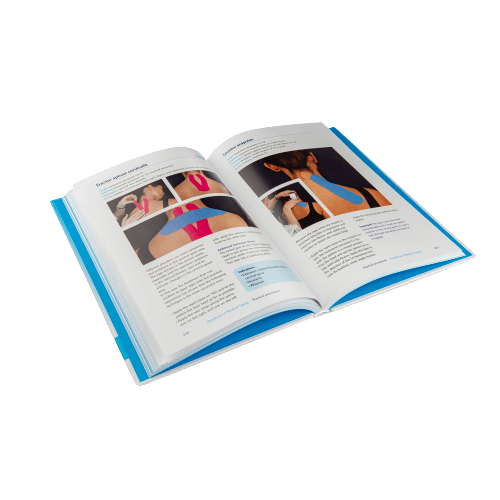Physiotherapists can use kinesiology tape to tape feet for neuropathy and alleviate neuropathy symptoms in patients. Eefje Yih, MSc, an oncology and edema physiotherapist, conducted a feasibility study titled “Kinesiotaping of the soles of the feet in patients with CIPN: the development of a tape protocol” for her master’s degree in oncology physiotherapy.
On this page, we present her encouraging findings. By sharing her tape protocol, we hope more physiotherapists will utilise this application for patients with CIPN in the lower extremity. This is especially pertinent as there is currently no consensus on the prevention or treatment of CIPN.
Additionally, we feature the experience of Denise Janssen, a former physiotherapist with neuropathy symptoms, who found relief through the tape application.
Get started with these items to tape feet for neuropathy
-
CureTape® Sports Extra Sticky Kinesiology Tape
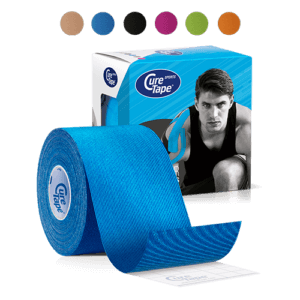 $21.95
In stockSelect options This product has multiple variants. The options may be chosen on the product page
$21.95
In stockSelect options This product has multiple variants. The options may be chosen on the product page -
MYCureTape® Sports Extra Sticky Kinesiology Tape Value Pack
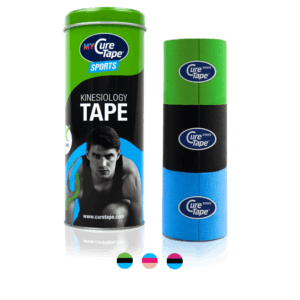 $28.95
In stockSelect options This product has multiple variants. The options may be chosen on the product page
$28.95
In stockSelect options This product has multiple variants. The options may be chosen on the product page -
Standard scissors
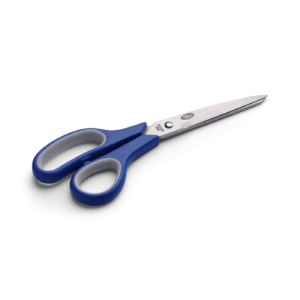 $14.95
In stockAdd to cart
$14.95
In stockAdd to cart -
CureTape® Giant Sports 31.5m Extra Sticky Kinesiology Tape Bulk Roll
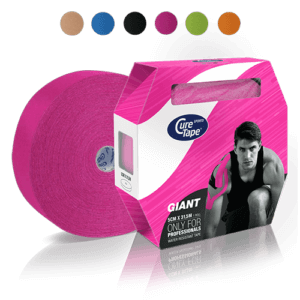 $116.95
In stockSelect options This product has multiple variants. The options may be chosen on the product page
$116.95
In stockSelect options This product has multiple variants. The options may be chosen on the product page
What is chemotherapy-induced neuropathy (CIPN) and what are the symptoms?
Chemotherapy-induced peripheral neuropathy (CIPN) refers to nerve damage caused by chemotherapy drugs. Chemotherapy is a common part of cancer treatment, but it can harm nerve endings, causing symptoms like numbness, tingling, and pain in the hands and/or feet (known as sensory peripheral neuropathy). Patients may also experience cramps and muscle weakness (motor symptoms), which can affect balance and walking. These symptoms can occur early in treatment or even months later. While neuropathy might improve after chemotherapy, it can also worsen or become permanent.
How to tape feet for chemotherapy-induced peripheral neuropathy (CIPN)1
Purpose of taping for neuropathy
To support physiotherapists in standardised care for patients with chemotherapy-induced peripheral neuropathy (CIPN)1. This tape protocol has been carefully compiled based on the latest scientific evidence and workgroup expertise.
Indication
CIPN lower extremity complaints.
Contradictions2
- Skin damage under the sole of the foot
- Thrombosis
- Severe trauma in the area to be treated
- Fever
Needed for taping
- CureTape® Sports: 2 strips of I-tape, 5cm wide
- Scissors
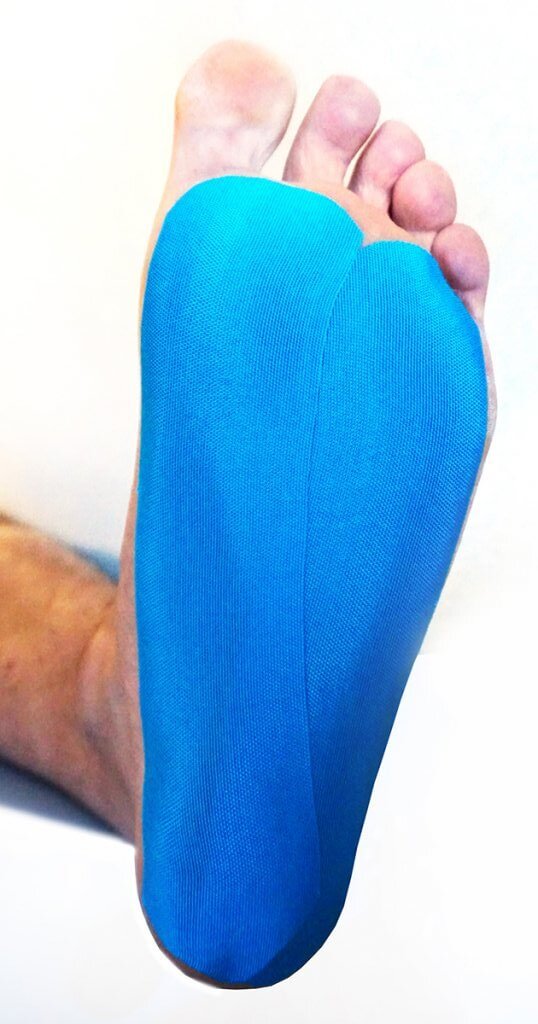
How is the tape applied in case of neuropathy?
Starting position patient: supine, feet over the treatment table.
Taping direction: from calcaneum to distal end of metatarsals.
Execution:
-
- Measure the tape with the sole stretched from the calcaneus to the distal end of the metatarsals. The 2 strips are different lengths
- Apply the base of the first tape to the lateral underside of the calcaneus
- Stretch the sole by active or passive dorsiflexion of the foot and extension of the toes
- Apply the first tape along the lateral edge of the foot to the distal end of the metatarsals, with no additional stretch to the tape but maintaining preload
- Apply the base of the second tape to the medial underside of the calcaneus
- Bring the sole of the foot back to a stretch
- Place the second tape along the medial edge of the foot to the distal end of the metatarsals, without additional stretch on the tape but maintaining preload. With these 2 tapes, the entire sole of the foot is covered
- When the tape is applied, rub lightly for optimal adhesion2
Repeat this procedure for the other foot
Duration: The tape is worn for 4 weeks and changed every 3 to 4 days by the physiotherapist.
(Possible) complications
- Itching
- Skin irritation or blisters if the tape is removed carelessly or applied incorrectly2
Points of attention
- The skin should be clean, dry and grease-free2
- Base and anchors of the tape are applied without stretching and cut around2
- Avoid folds in the tape or in the skin under the tape2
- If the patient contacts you because the tape has come loose, reapply the tape as soon as possible
- Resume taping as soon as possible at interim interruption (e.g. due to illness / holidays) to a total duration of 4 weeks
Instruction to patients with CIPN
- Patients should remove the tape 24 hours prior to re-tape
- The tape should be removed carefully, preferably with an unrolling motion. The tape can also be rubbed with massage oil, baby oil or sterillium first and is then easier to remove
- If itching or irritation lasts longer than 30 minutes, the tape should be removed
- If the tape comes off in the meantime, the patient should contact the treating physiotherapist to have the tape reapplied as soon as possible
1 CIPN: Peripheral neuropathy caused by chemotherapy. This causes symptoms such as tingling, numbness, cramps, pain but also balance or gait problems and an increased risk of falling.
2 Sijmonsma J. Kinesiology taping Concept Manual. 1st ed. Fysionair; 2016.
Results of the feasibility study

Kinesiotaping of the soles of the feet in patients with CIPN: the development of a tape protocol
Introduction
Chemotherapy-induced peripheral neuropathy (CIPN) is a common, sometimes irreversible, side effect of certain chemotherapies.1 There is currently no consensus on the prevention or treatment of CIPN.2,3
Research question:
“What is the feasibility of a standardized and scientifically based tape protocol of the soles of the feet performed by physiotherapists in patients with CIPN complaints of the lower extremity?”
Method
A tape protocol and video instruction were developed by means of a literature study, workgroup expertise and patient consultation. The tape protocol was tested on feasibility, compliance and safety with physiotherapists and patients with CIPN. The EORTC QLQ-CIPN20 and the FAB Scale were used to investigate whether there was a difference in CIPN symptoms and balance after four weeks of taping.
Results
The tape protocol was applied by 13 physiotherapists in 18 patients with CIPN and met criteria for feasibility, compliance and safety with the exception of one criterion. Experiences of participants and physiotherapists are positive.
A significant decrease is shown in the total score (p<0.01), sensory (p<0.01) and motor domain score (p=0.01) of the EORTC QLQ-CIPN20. A clinically relevant difference is present in the sensory and motor domains for 10 and 7 participants, respectively. A significant and clinically relevant improvement was also seen in the FAB Scale score (p<0.01).
EORTC QLQ-CIPN20 = European Organisation for Research and Treatment of Cancer Quality of Life Questionnaire Chemotherapy-Induced Peripheral Neuropathy 20, FAB Scale = Fullerton Advanced Balance Scale, T0 = baseline measurement prior to taping, T1 = final measurement after 4 weeks of taping, 1 = mean (standard deviation), 2 = median (range), * = significant difference between T0 and T1
The sole taping protocol seems feasible and safe for patients with CIPN without skin problems. There is evidence that the intervention may positively affect CIPN symptoms and balance.
Recommendations
Primary care physiotherapists with experience and/or training in kinesio taping may consider the tape protocol for their own patients with CIPN complaints. It is recommended that patients be screened for skin problems such as skin defects, sensitive skin or tape allergy. It is also recommended to evaluate the intervention with clinimetry as used in this study and recommended in the CIPN factsheet.4
Clinical relevance
For some patients, the tape protocol may decrease CIPN symptoms and improve balance. Limitations in ADL may decrease, which may contribute to a better quality of life.
The tape protocol offers physiotherapists a concrete and substantiated tool for a feasible and safe treatment of patients with CIPN.PDF
INFOGRAPHIC
References
1. Peters-Beijers T. Chemotherapy-induced peripheral neuropathy: An underestimated side effect with major impact on quality of life [dissertation]. 2016.
2. Kerckhove N, Collin A, Condé S, Chaleteix C, Pezet D, Balayssac D. Long-term effects, pathophysiological mechanisms, and risk factors of chemotherapy-induced peripheral neuropathies: A comprehensive literature review. Front Pharmacol. 32017;8(FEB):1-17. doi:10.3389/fphar.2017.00086
3. Seretny M, Currie GL, Sena ES, et al. Incidence, prevalence, and predictors of chemotherapy-induced peripheral neuropathy: A systematic review and meta-analysis. Pain. 2014;155(12):2461-2470. doi:10.1016/j.pain.2014.09.020
4. Wampler M. Chemotherapy-induced Peripheral Neuropathy Fact Sheet. Oncol Sect APTA. 2016:1-12. https://oncologypt.org/wp-content/uploads/2017/12/CIPN-Factsheet.pdf. Accessed April 11, 2020

Experiences from practice
Due to a toe injury on my right foot, I (a former physiotherapist) needed to start taping. Coincidentally, the place where I need to tape also happens to be the area where I have been suffering from neuropathy for 10 years as a result of chemotherapy for breast cancer.
At some point, during the healing process, I start looking for waterproof tape because I still had problems with the toe injury when swimming. From that moment on, I started working with CureTape.
I use 2 to 3 strips (almost circular application), at the height of the MTP joints. My neuropathy is located at the bottom of the feet, approximately over a 3 cm wide strip, also at the level of the MTP joints. There has never been any motor deficiency or pain, but there has been tingling, numbness, stiffness, coldness. Very annoying, but I could “live with it”, as I always put it.
To my great surprise, I very quickly notice that the neuropathic symptoms are much less present when I have tape on and that it seems as if I have acquired a new soft skin.
Even when I do a sensitivity test with sharp stimuli, it seems as if I perceive everything better through the tape. I can hardly believe it! After 10 years, I really know what I normally feel, I tell myself.Meanwhile, a few weeks have gone by and the original toe injury hardly needs any support anymore. But I now continue to tape both feet with CureTape to reduce the neuropathy.
It works for me very practically as follows:
- I can get by with 1 or 2 strips of tape (see photo)
- I can easily apply it circularly to the forefoot; it does not pinch off
- It is waterproof; it can sit up to 3/4 days and does not irritate the skin
- Just to be sure, I leave the skin exposed for 2 days every now and then. I clearly continue to experience a reduction in symptoms and also the reverse: if I don’t tape, the symptoms such as numbness etc. are more evident again within a few hours
In short, a small miracle has taken place for me!
Because possibly more people with these annoying neuropathic symptoms could benefit, I would like to share my story. I am also going to share it with my treatment team at the time and with the Netherlands Breast Cancer Association. I have also informed the oncology physiotherapist who did the research on this page.
– Denise Janssen, Ex-physiotherapist with neuropathy symptoms
Learn how to tape
- The Ultimate Taping Guide: Focuses on self-taping for the 30 most common injuries where taping provides support.
- Kinesiology Taping Method Manual: Designed for (para medical) professionals, covering basic taping techniques and various pathologies.
- Decompressive Taping Techniques Manual: Specifically focuses on lymphatic taping methods for decompression.
What are you waiting for? Order a copy today!
THYSOL is the manufacturer of the kinesiology tape brand CureTape. As CureTape, we have been training and supplying professionals for 25 years. And consumers now know how to find us too! By manufacturing all our tapes in our own factory, we can guarantee the best quality!
Please note that the indicated tape applications and information on our website about the possibilities with kinesiology tape have not yet been scientifically proven. The statements and examples mentioned are based on long-term experiences of patients and trained therapists.Contraindications not to tape: pregnancy, open wounds, broken bones, unexplained complaints, allergies and skin diseases, use of medication such as blood thinners, thrombosis and fever. Always apply tape in consultation with a specialist.

